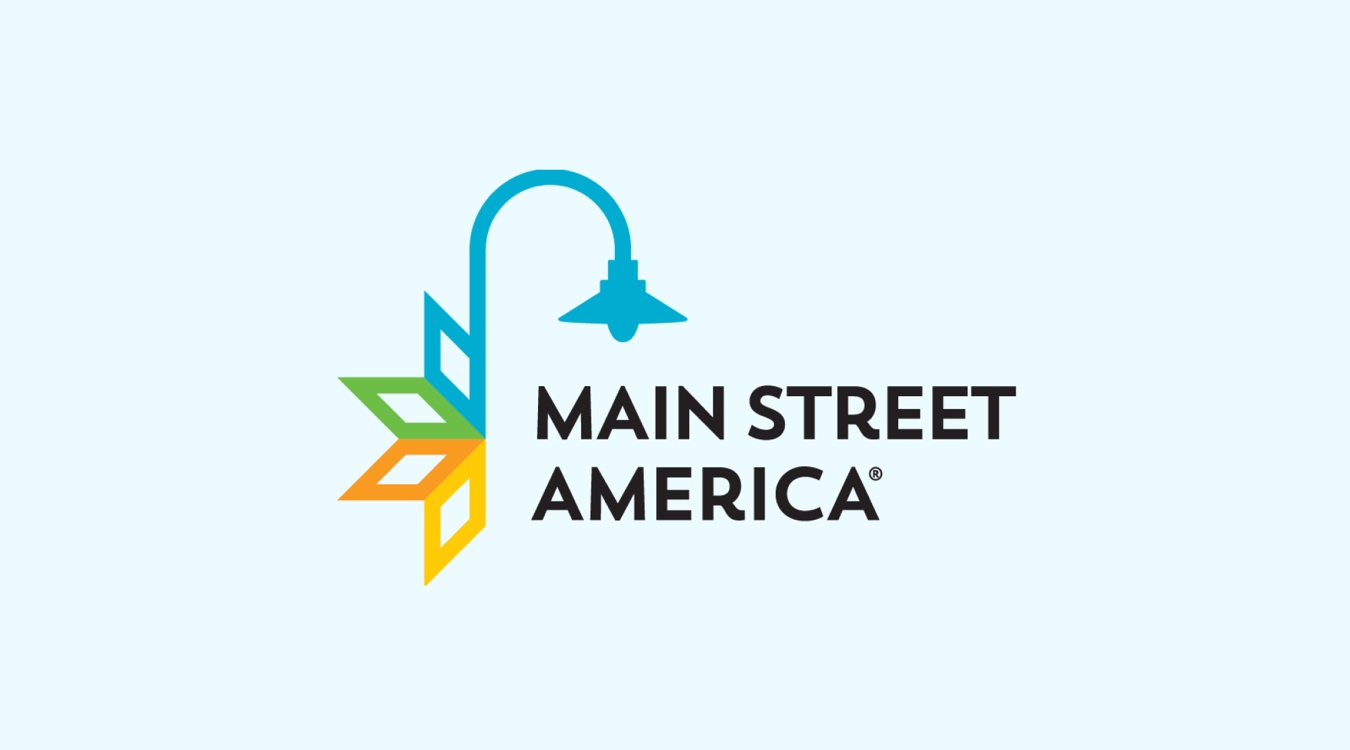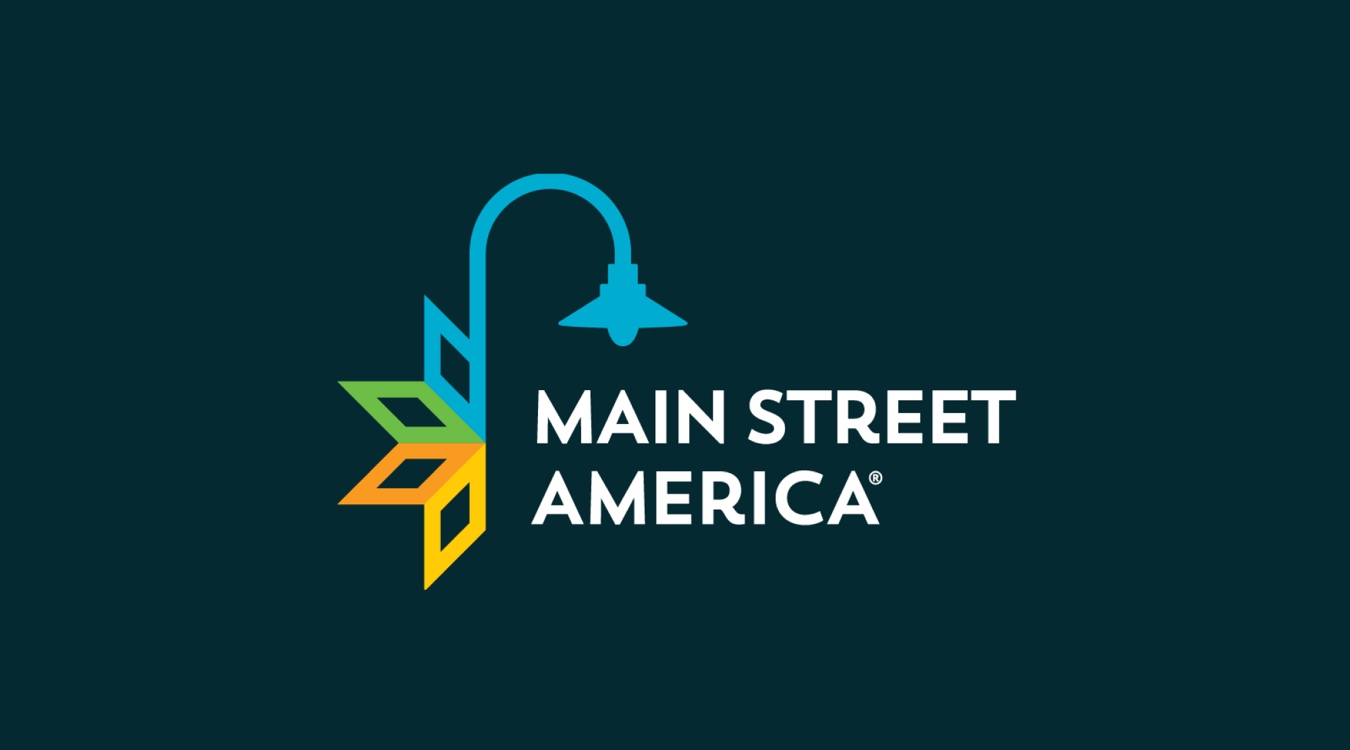In the current survey, we see a slight dip relative to previous surveys. The average value from the Spring 2024 survey was 7.5, compared to 7.7 in Fall 2023 and Spring 2023, and 7.6 in Fall 2022. In the current survey, 52 percent of respondents indicated a confidence level of 8 or higher. In Fall 2023 and Spring 2023, 61 percent of respondents had that level of confidence, and in Fall 2022, 59 percent indicated an 8 or higher.
We suspect that the diminished confidence values may come from uncertainty due to a variety of factors: the election, high interest rates, and continuing inflation impacting some segments of the economy. But there is also indication in the data that small businesses are facing real slowdowns. In the last two surveys, we asked whether small business owners generated profit, broke even, or operated at a loss over the previous 12 months. In the Spring 2024 survey, 42 percent of respondents had generated a profit and 21 percent operated at a loss. In comparison, in Fall 2023, 51 percent had generated a profit and 15 percent had operated at a loss. This is a trend we will continue to monitor in future surveys.





































































































































































